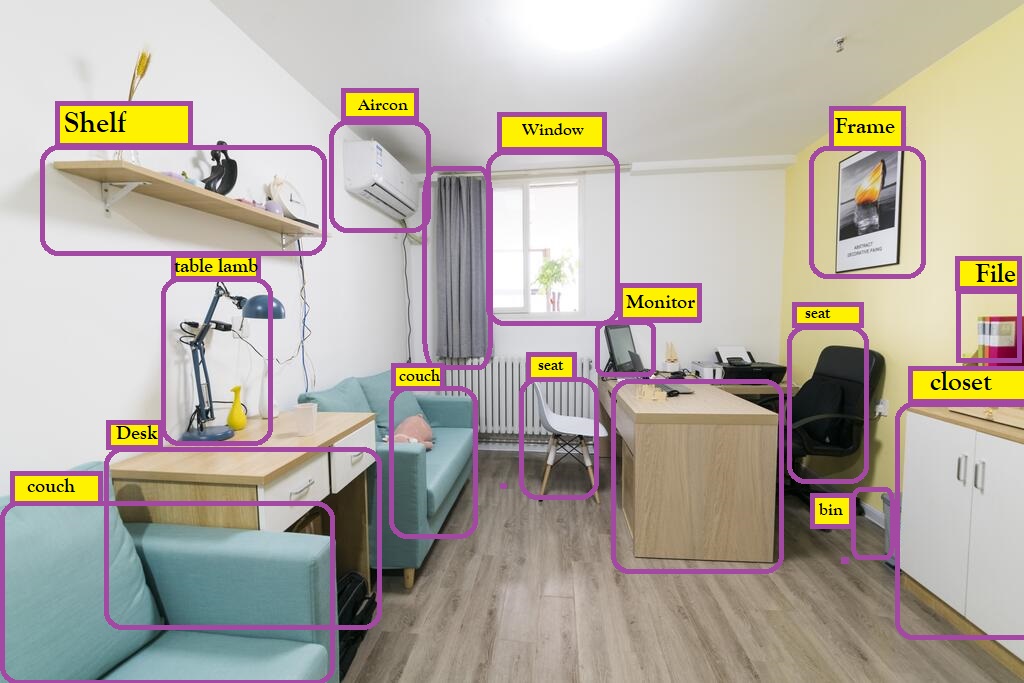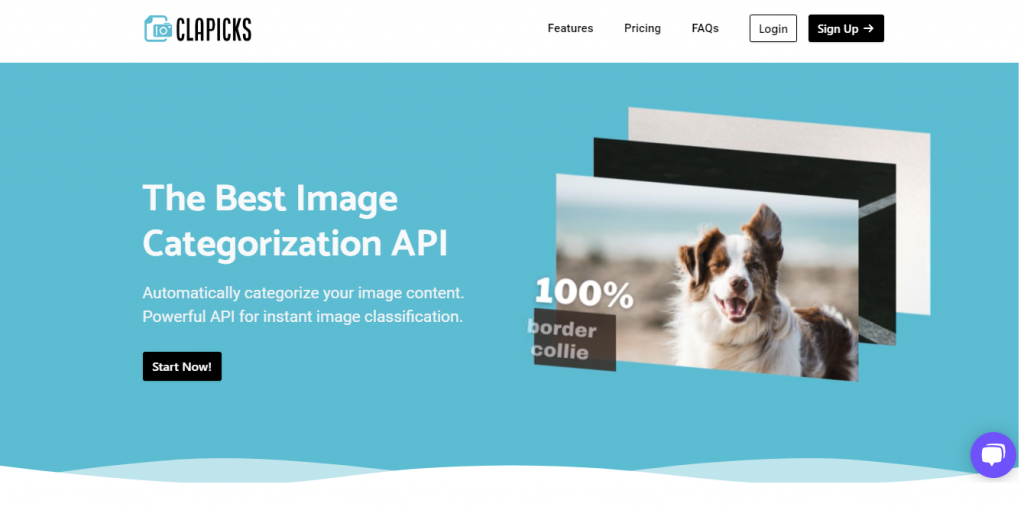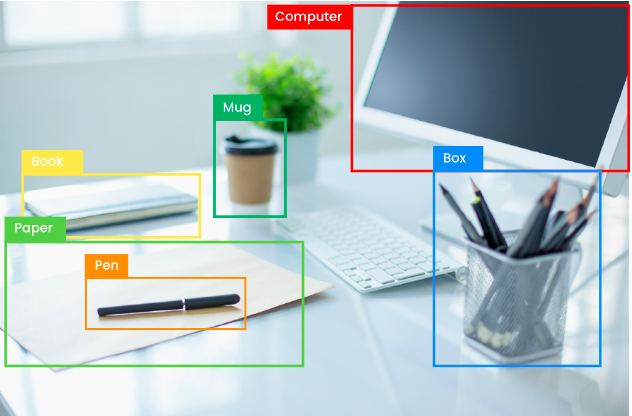If you are interested in learning the advantages and disadvantages of object detection APIs, read this article and find out everything you need to know!
Object classification is an important part of your business if you want to improve customer communication and keep your data organised. If you read this article all the way to the end, you will not only learn about the benefits of using an API in this field, but you will also learn about the best one to start using right away!
The process of determining the class of a single object within an image is known as image classification. The process of identifying one or more objects in a photograph and drawing a bounding box around their extent is known as object localization. These two tasks are combined in object detection, which finds and classifies one or more objects in an image.

Advantages And Disadvantages
Object detection has numerous applications, and there are practically limitless ways to automate manual tasks or create novel AI-powered goods and services by teaching computers to perceive like humans. Here are three benefits of using an API for this:
- Recognizing objects in a retail setting. Several retail stores use strategically placed people counting systems to track customer foot traffic and collect data on how customers spend their time. Businesses can better understand customer interaction and experience, improve store layout, and streamline operations by using cameras and AI-based consumer research to identify and follow customers.
- Typically, these APIs provide a confidence score for each classification prediction in order to improve the precision of image classification models. This can be used to balance the predictions of the image classification models, increasing overall accuracy.
- They will allow you to reduce the amount of time required to label photographs; it is possible to recognise and name items automatically, especially when there are a large number of images to label.
However, there can be some downsides of this technology, the main one being the following: detecting a person is still difficult if the image is rotated 90 degrees, a cat is lying in an unusual position, or an object is only partially visible.
Since AlexNet in 2012, many models for object detection and classification have been developed, and their accuracy and efficiency are improving. Most models, however, are trained and tested in ideal scenarios. In practise, the situations in which these models are used are not always ideal: the background may be cluttered, the object may be deformed, or it may be occluded.
Which API Should I Use?
Clapicks‘ image classification API is a simple and effective tool for categorising photos into various groups. You can use this API to classify images of people, products, scenes, and other objects. Clapicks will provide you with the ability to automatically classify photographs into specified categories as well as the benefit of managing a large number of images quickly and effectively.

Clapicks will list everything that it can categorise within a photo in its entirety if you provide the image URL. The image will perform better at identifying things when the confidence score, which ranges from 0 to 1, is close to 1. This API also includes a label method for naming specific objects in images.
To learn how to use Clapicks for object recognition, we have prepared the following steps for you to follow:
-Click here to set up a Clapicks account. You will be given an API key after creating an account, which you must use each time you communicate with the API.
-Include your bearer token in the authorization header to check your API key.
-After you’ve finished the previous steps, enter the URL of the image you want to categorise.
-Finally, call the API and wait a few seconds for the results.

